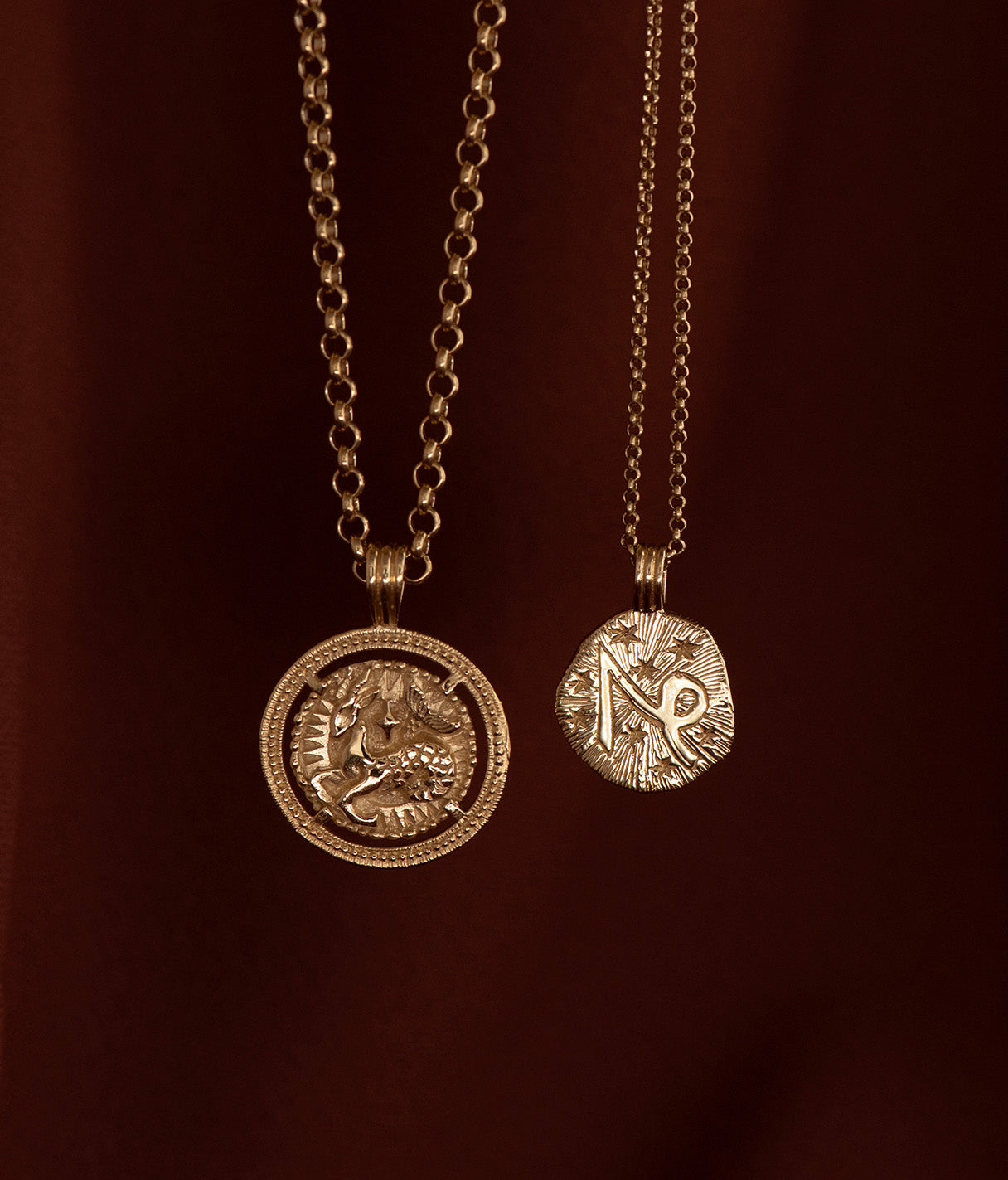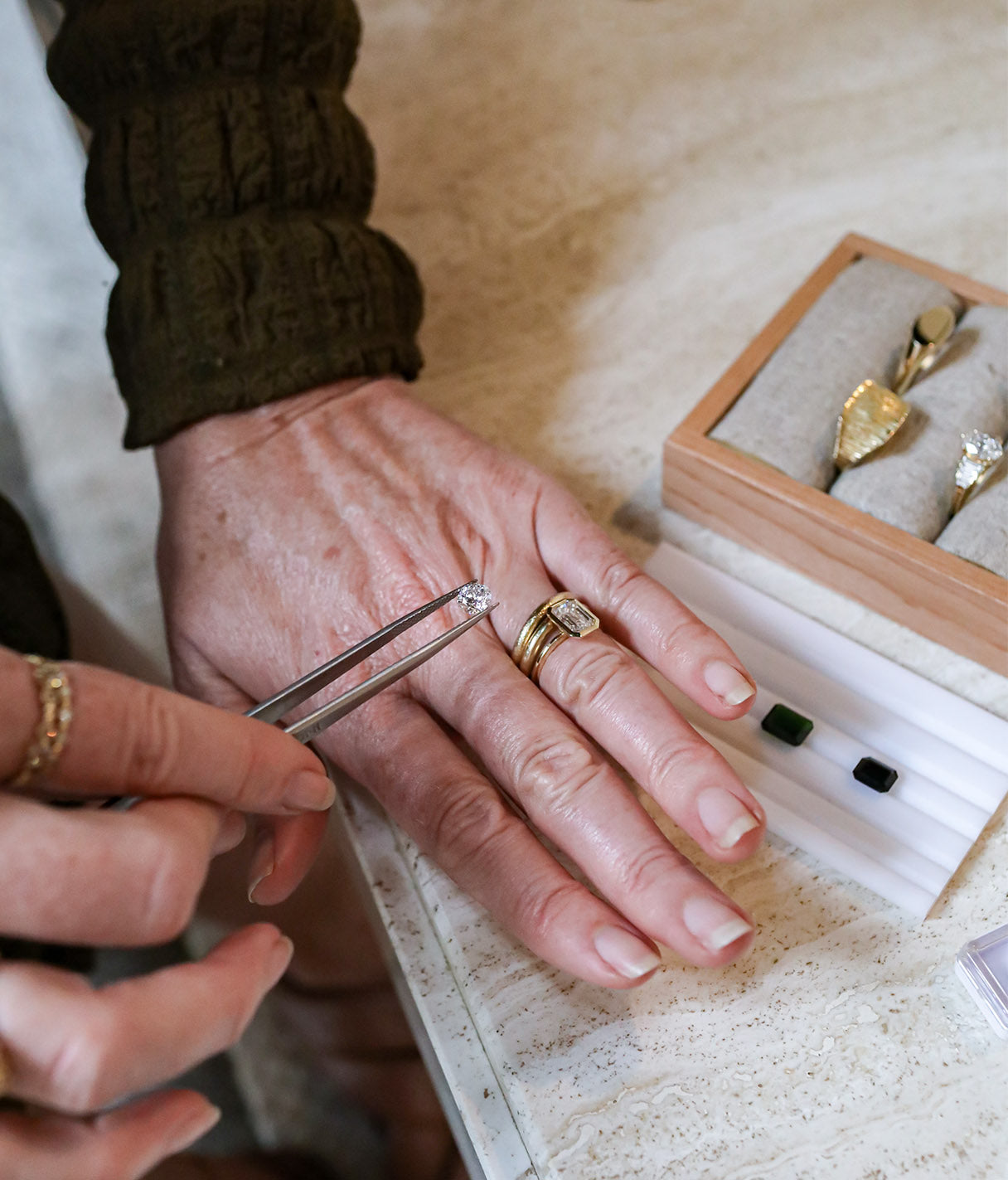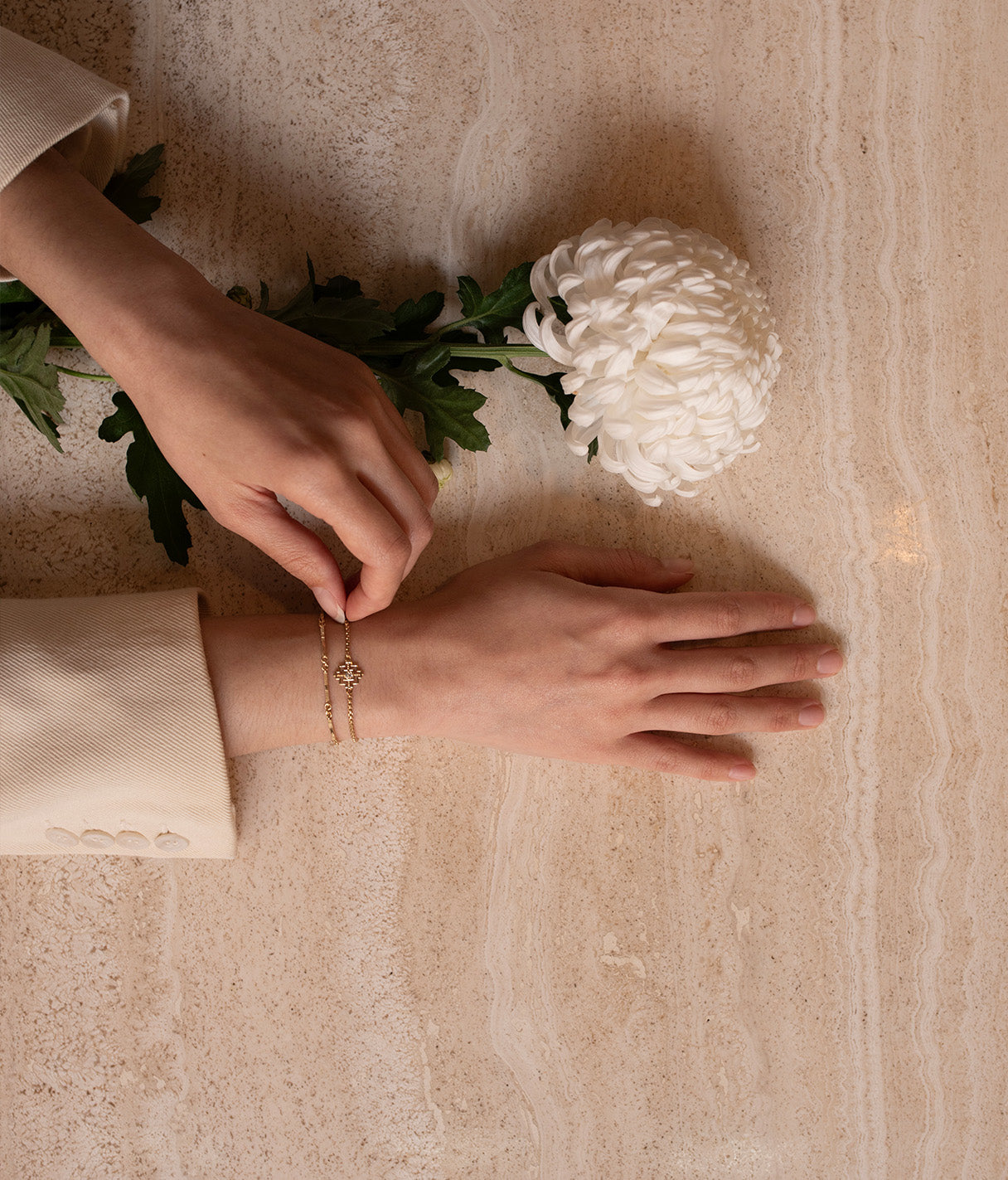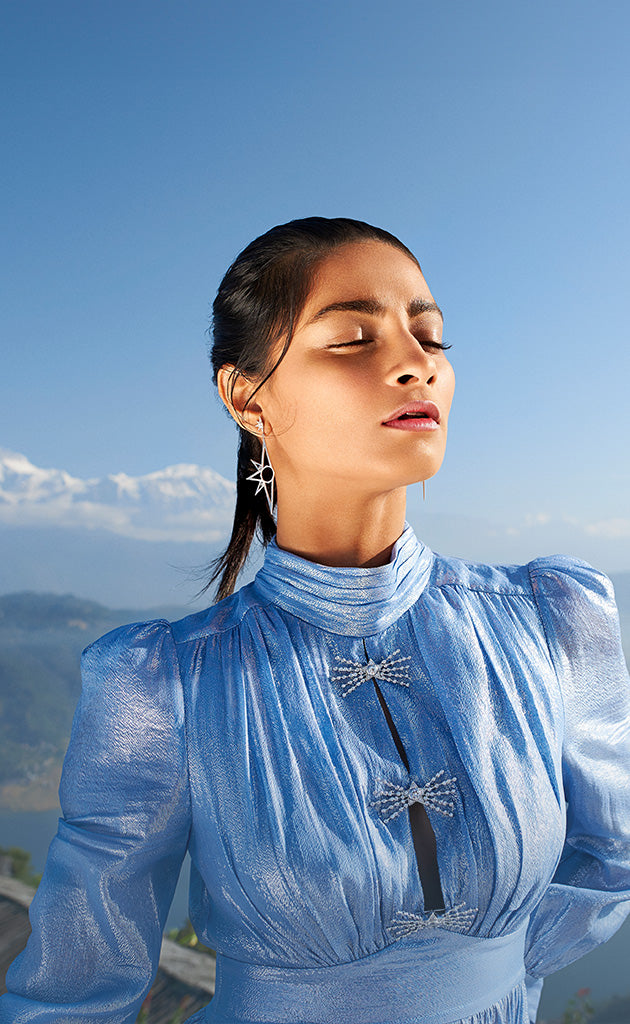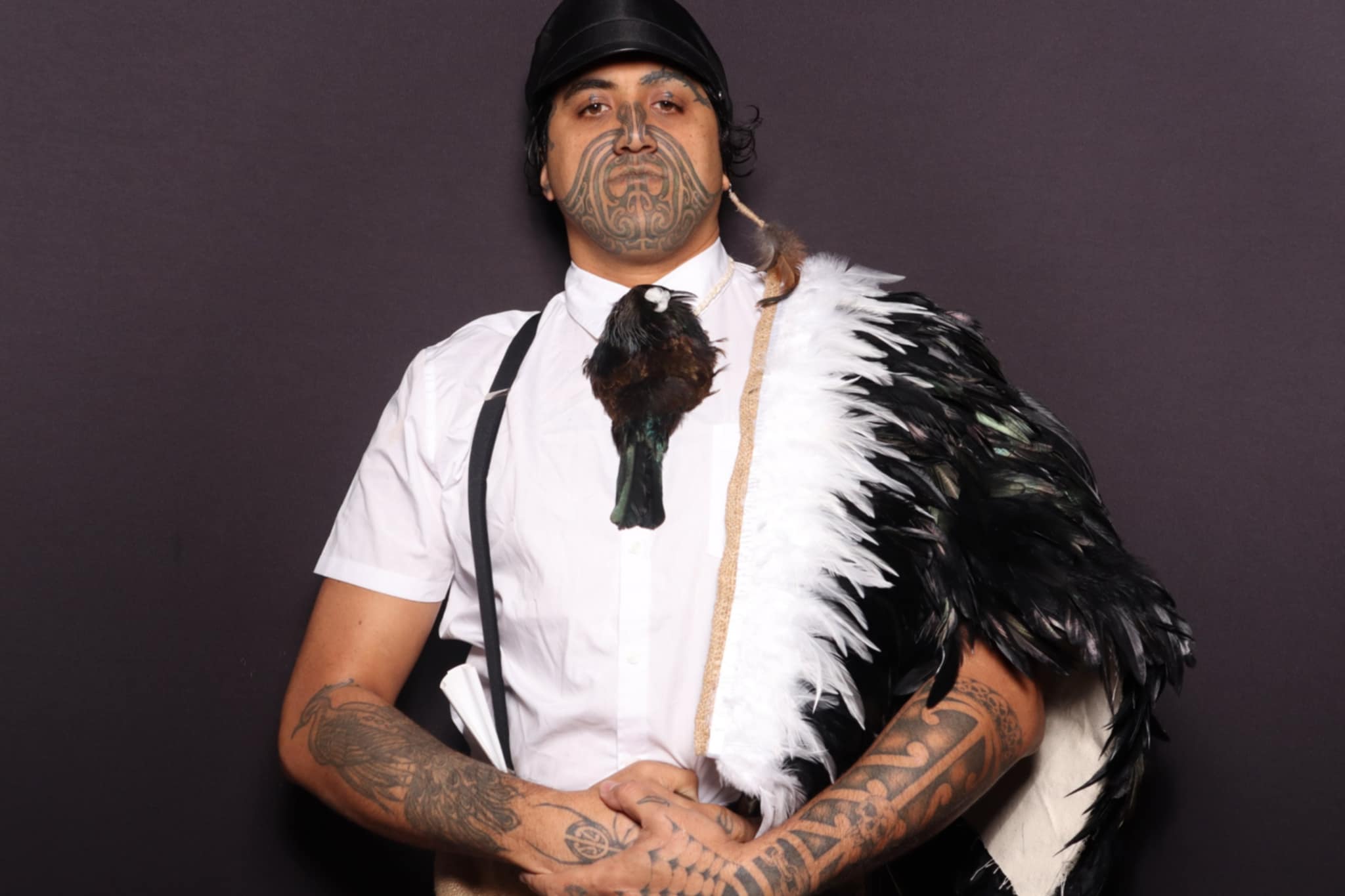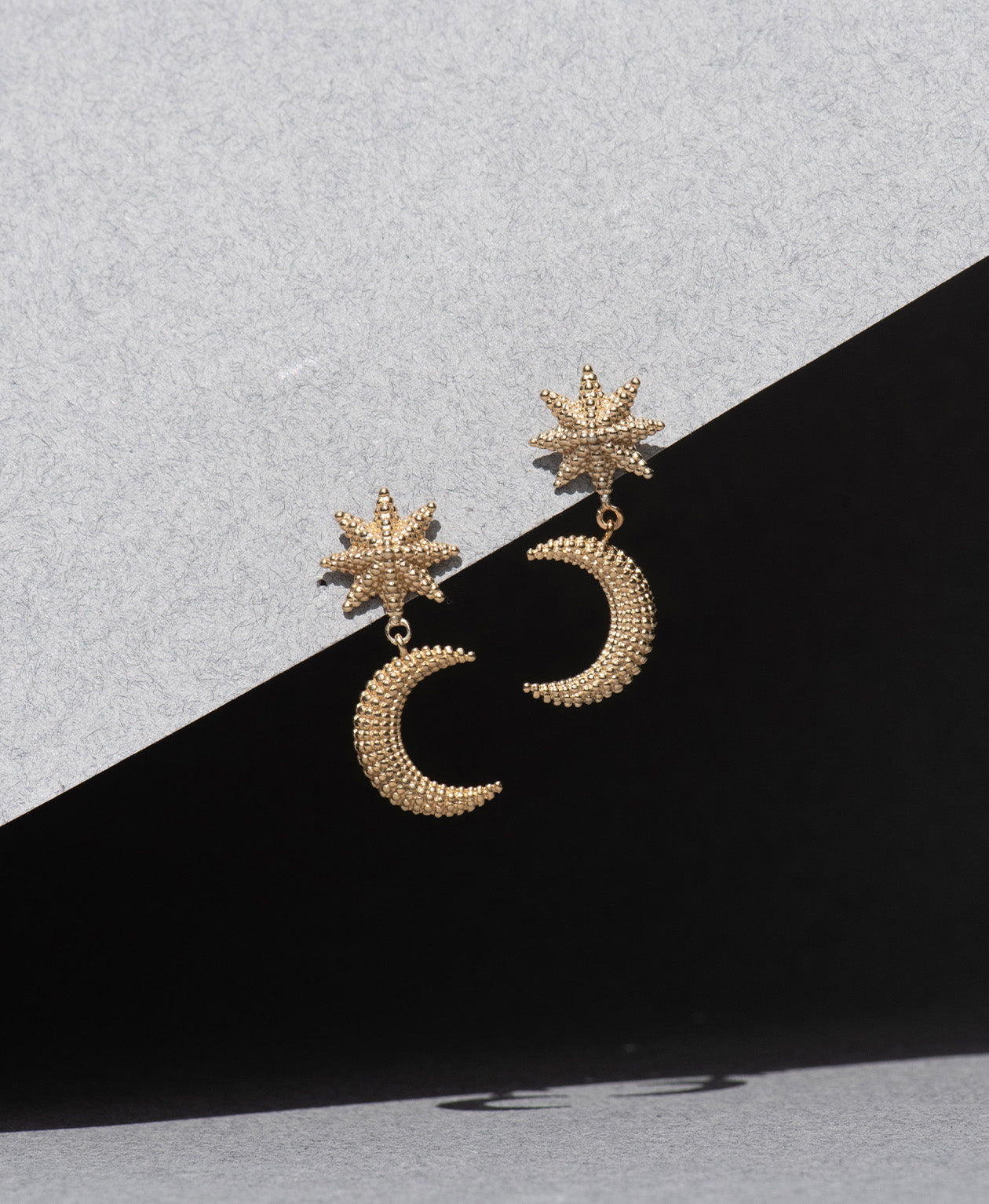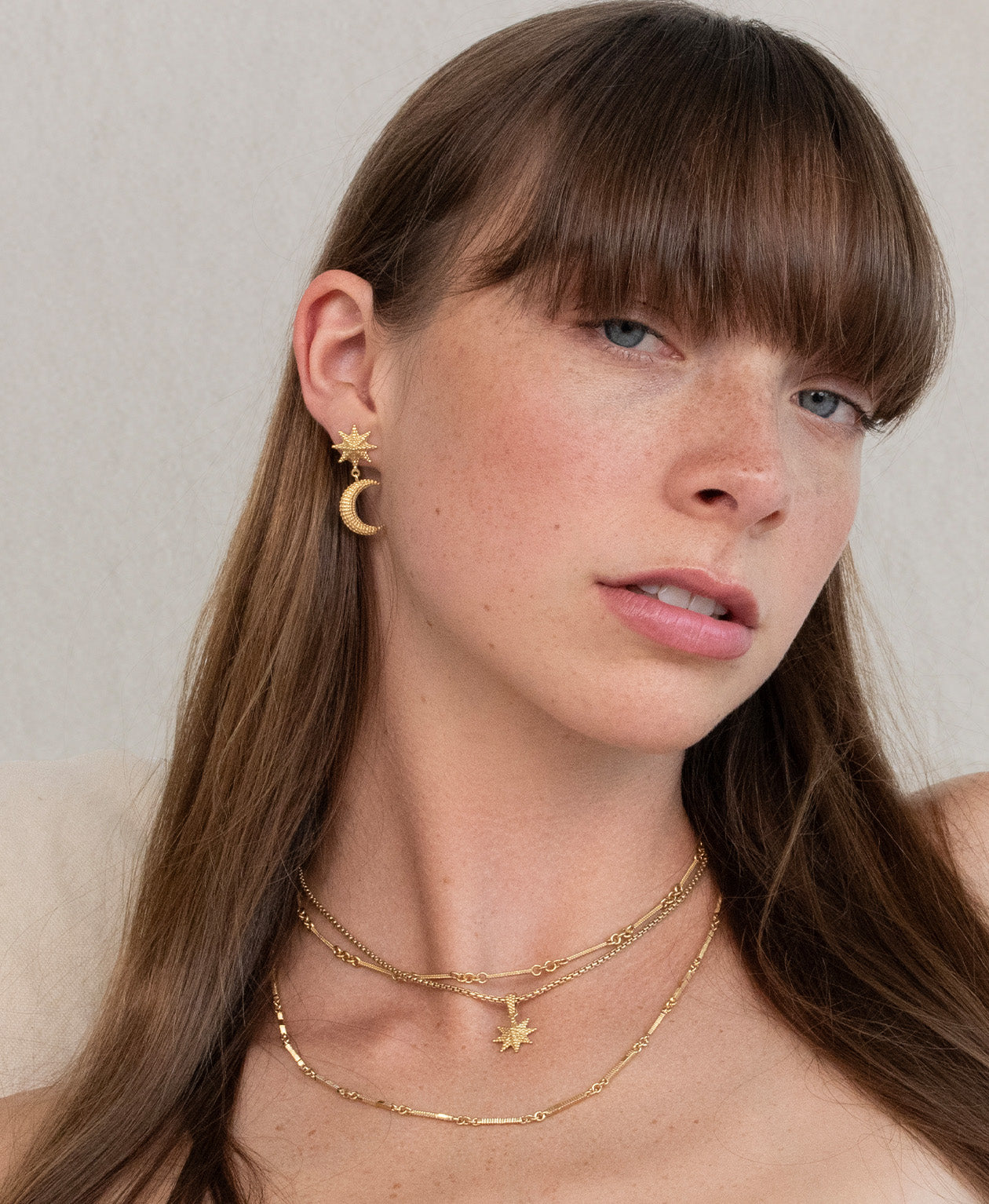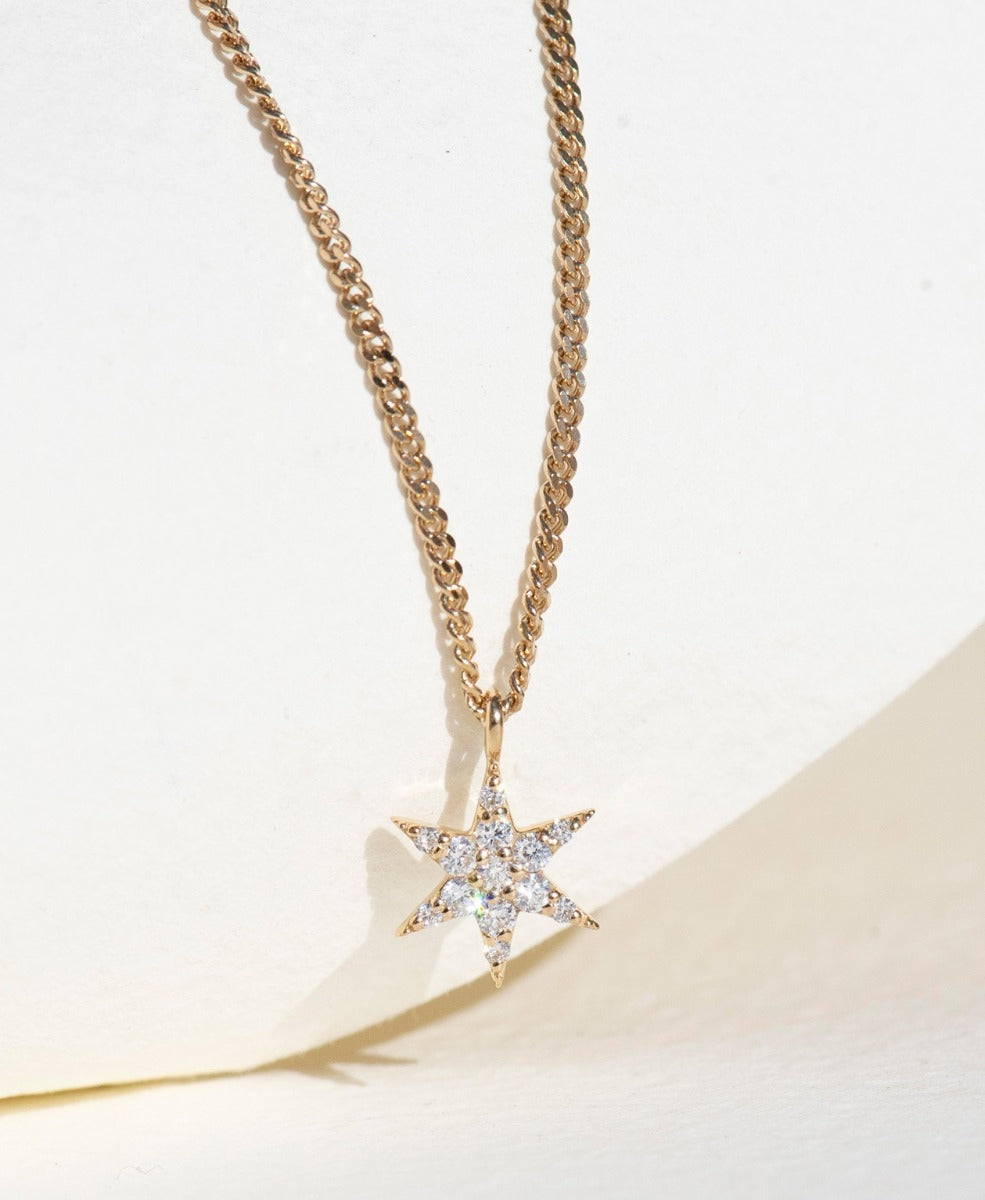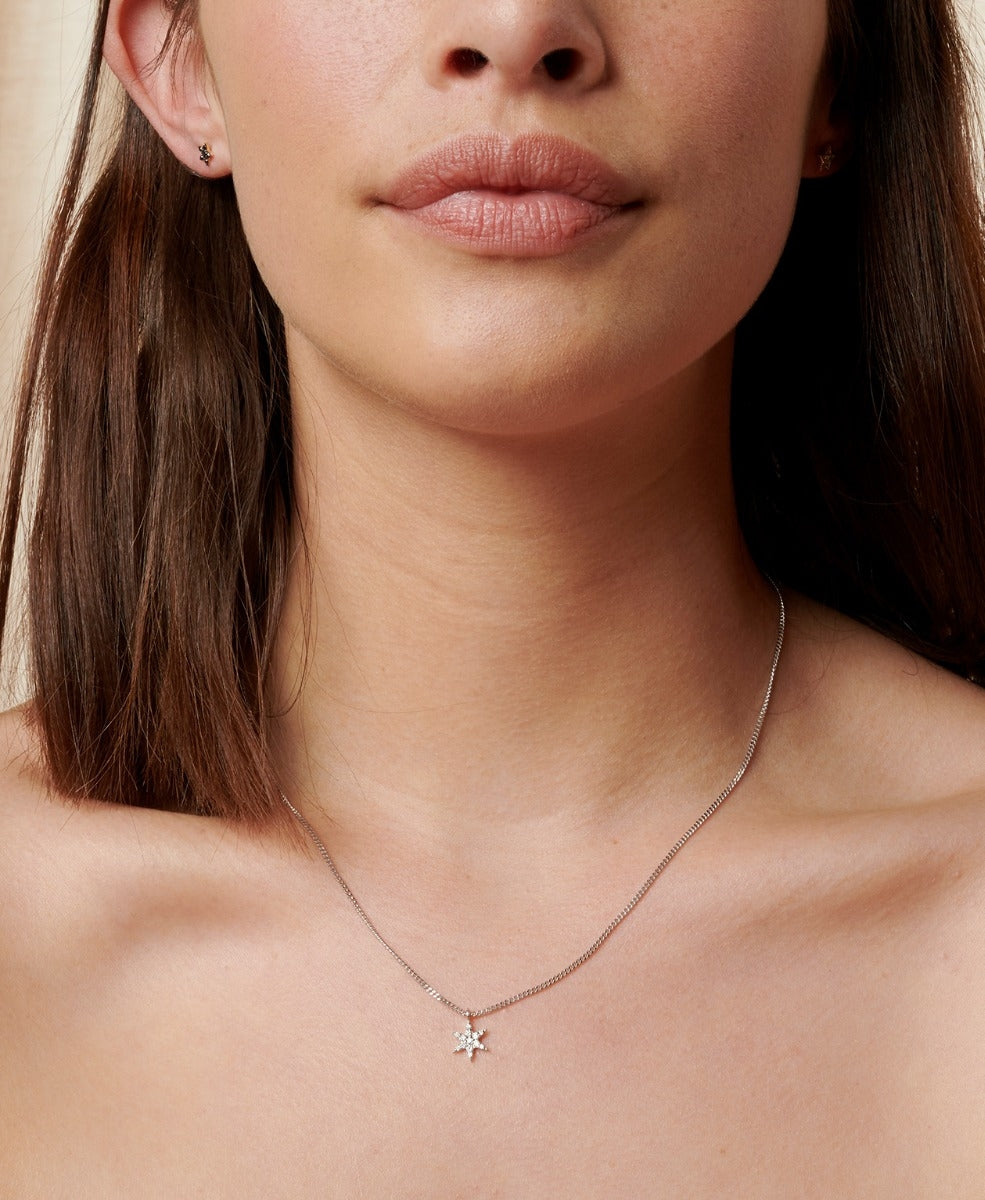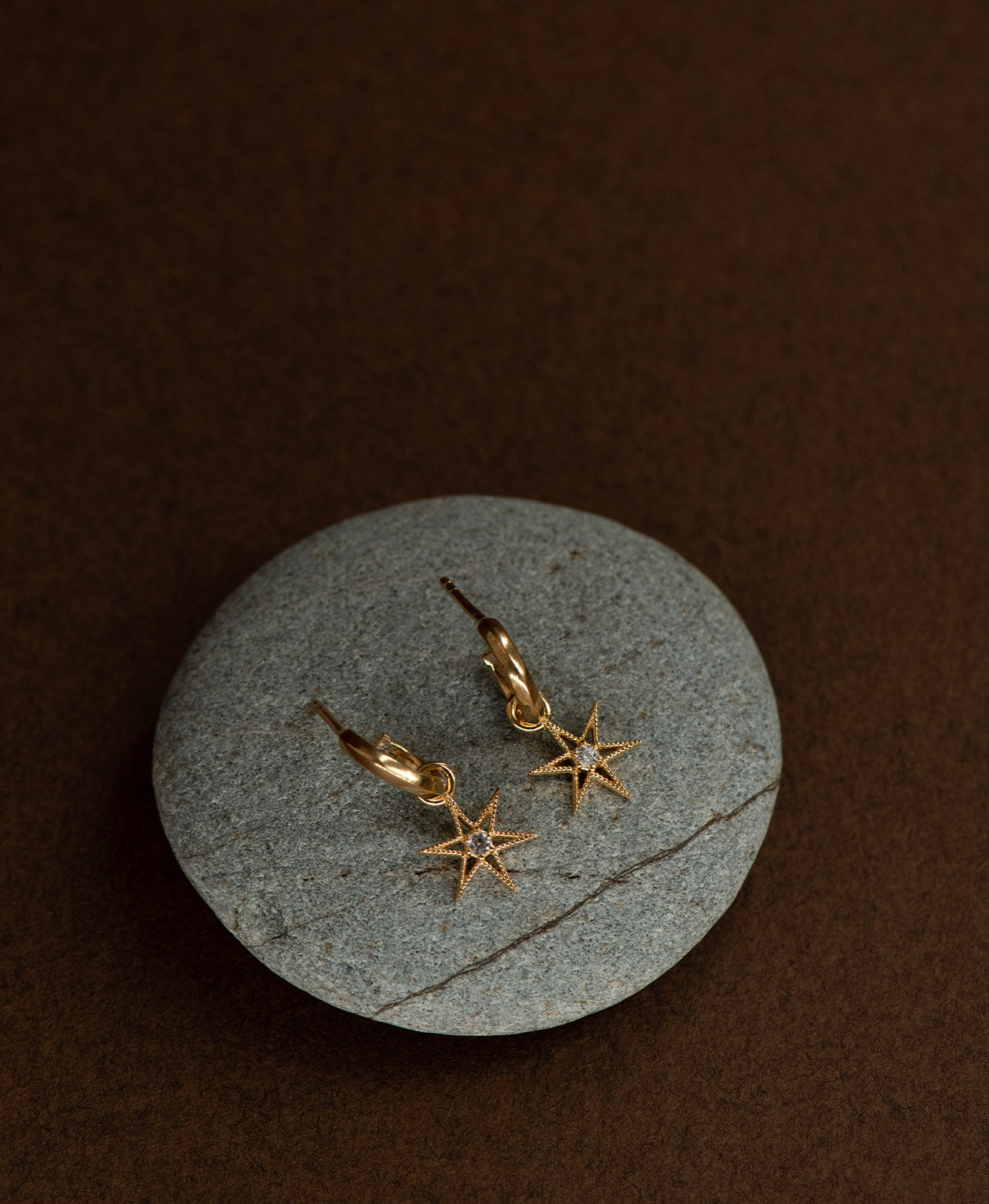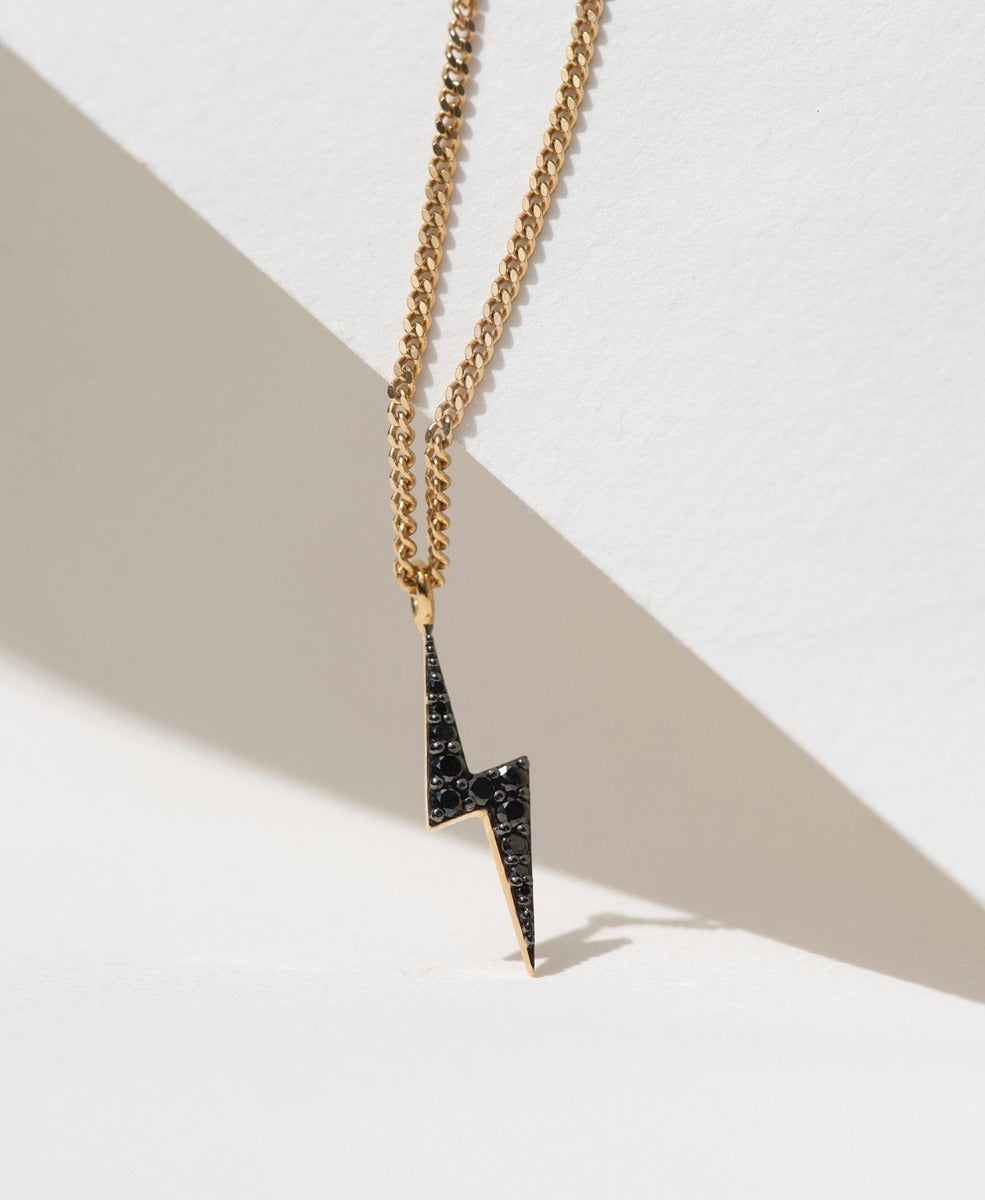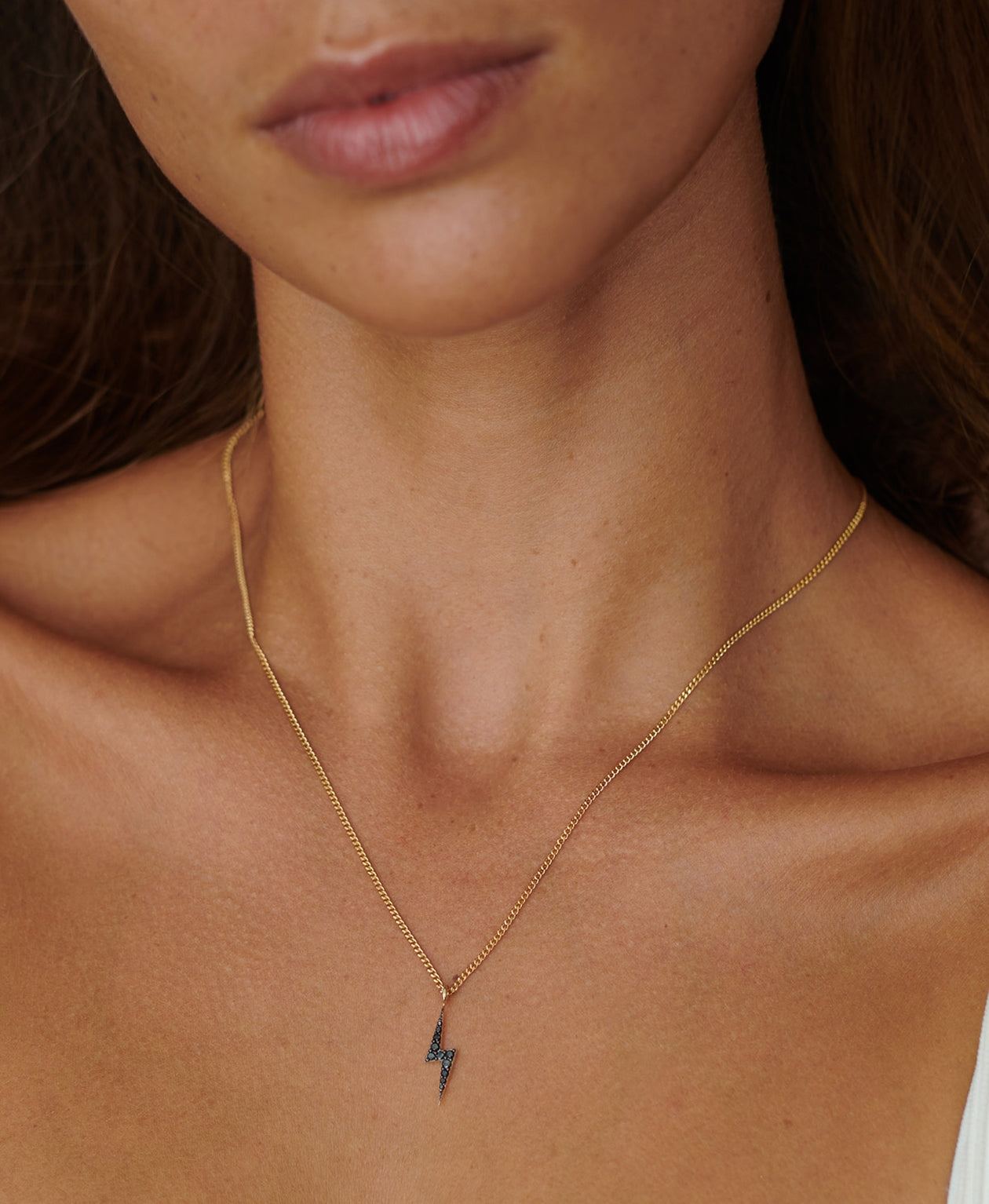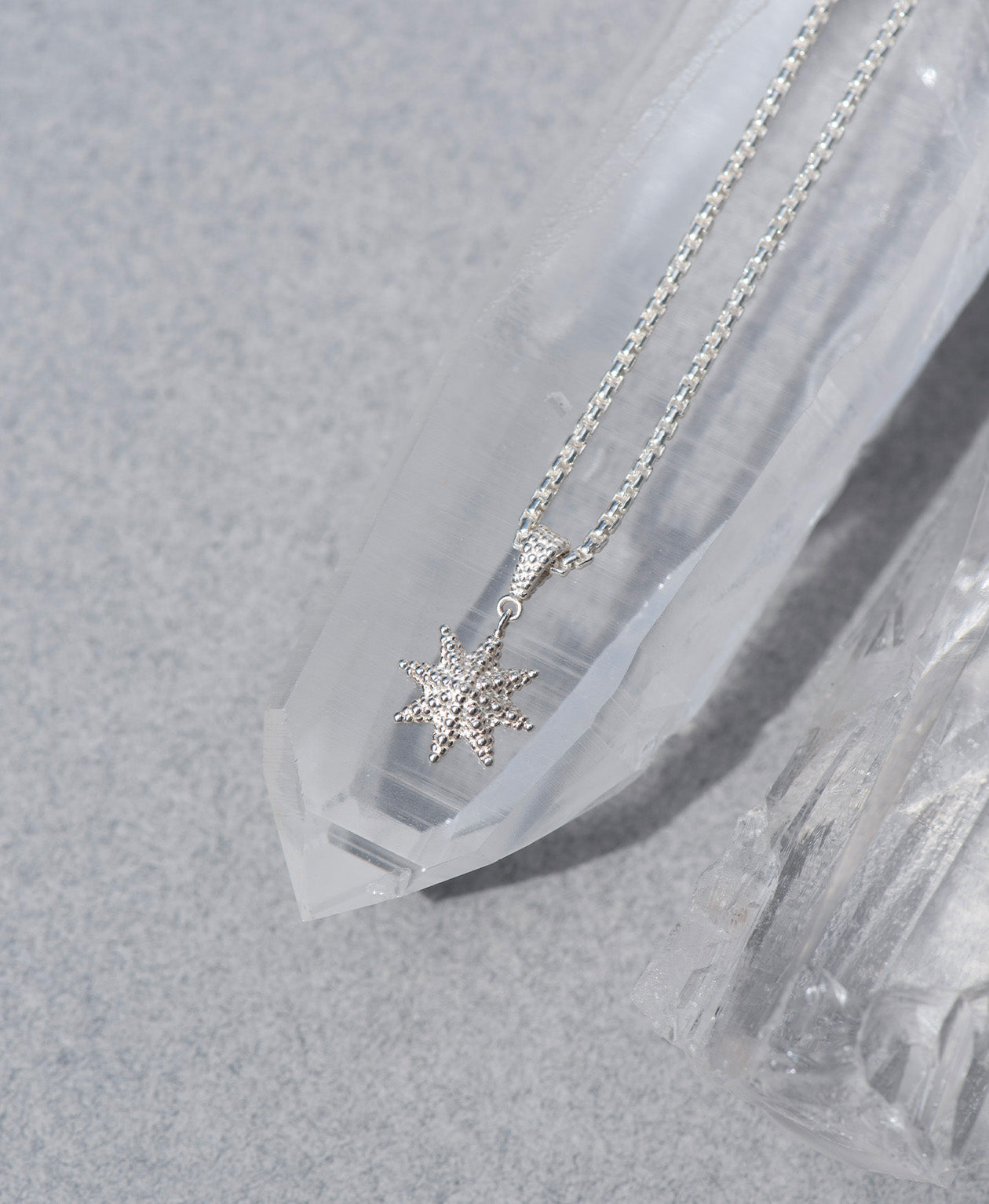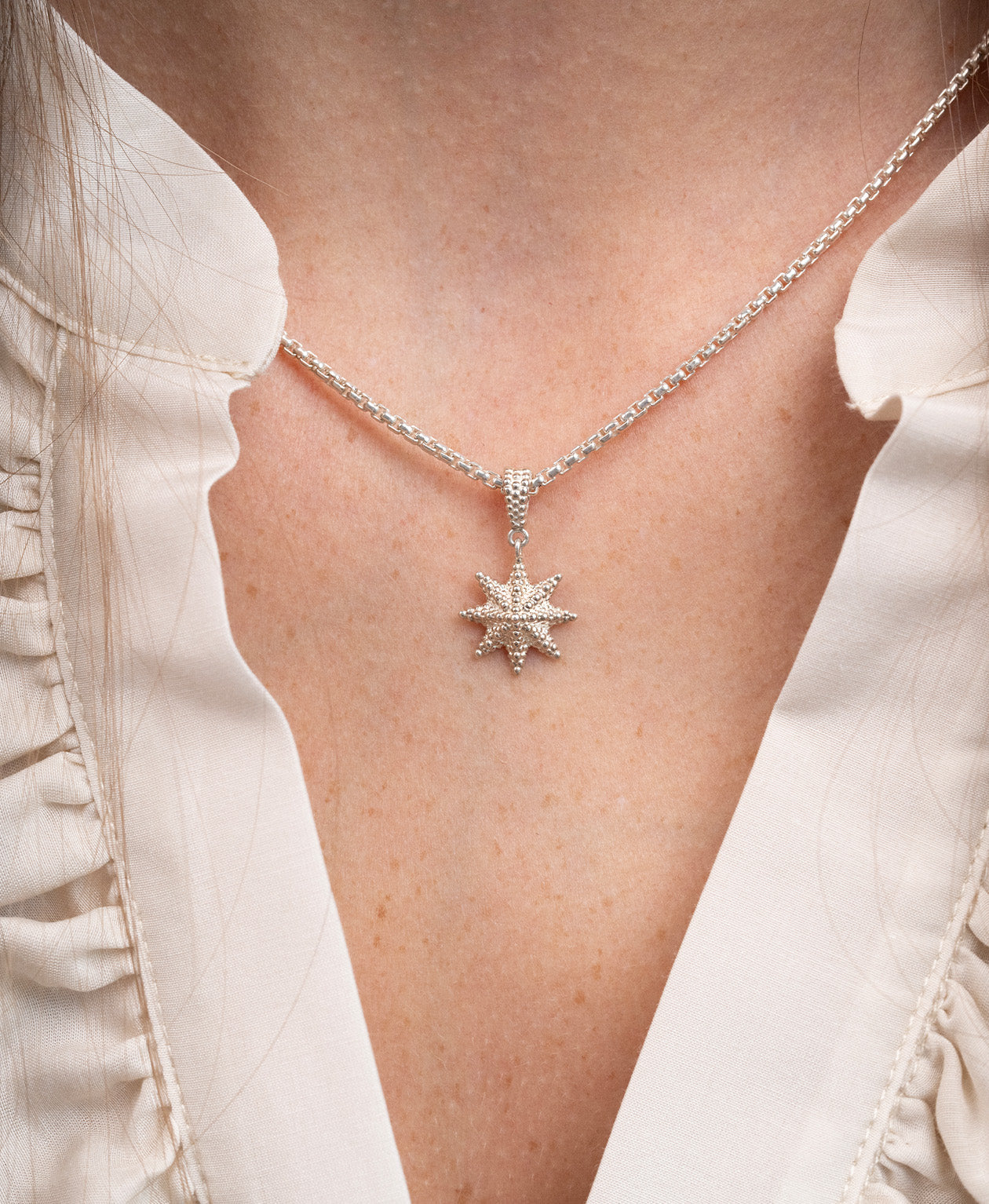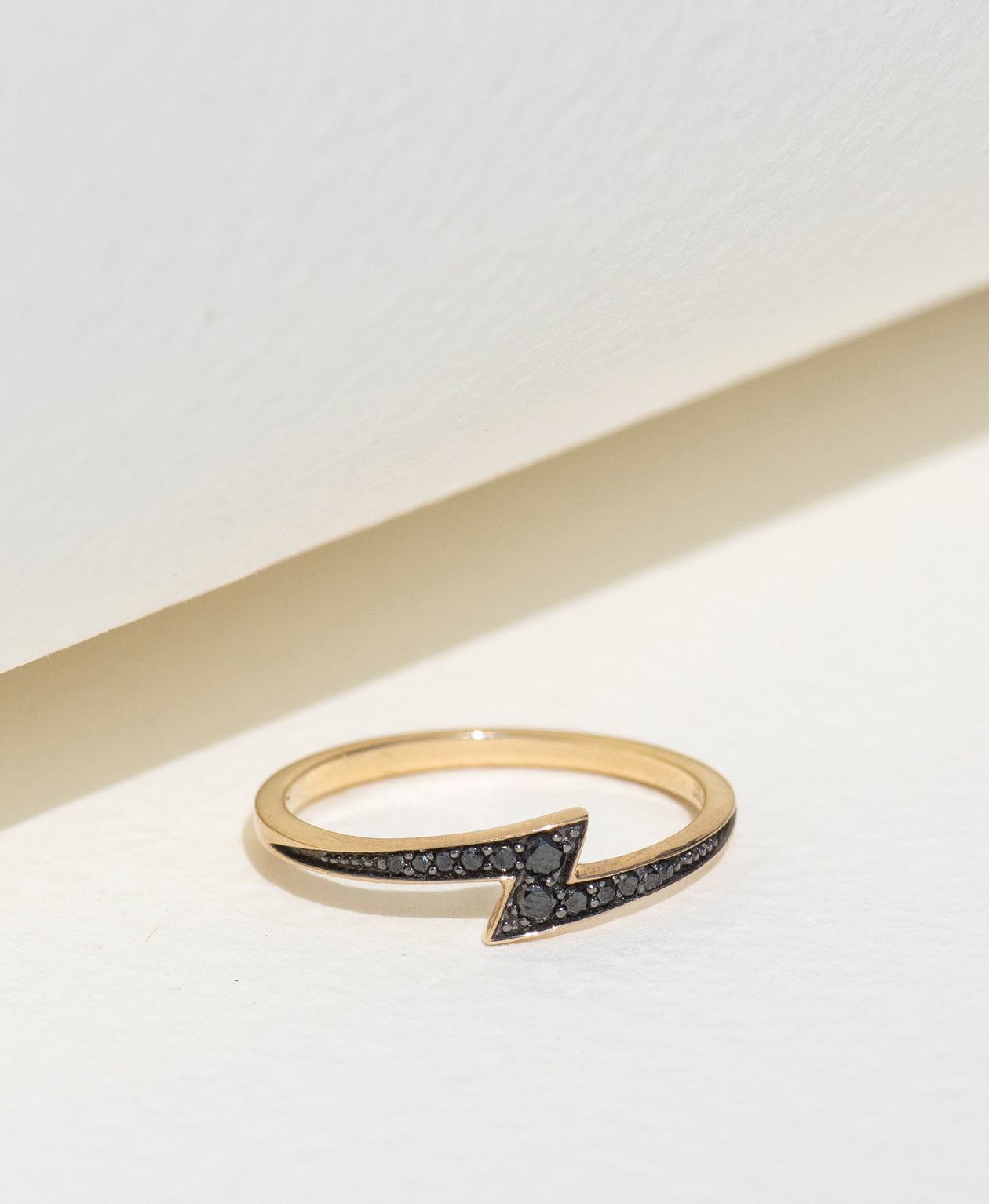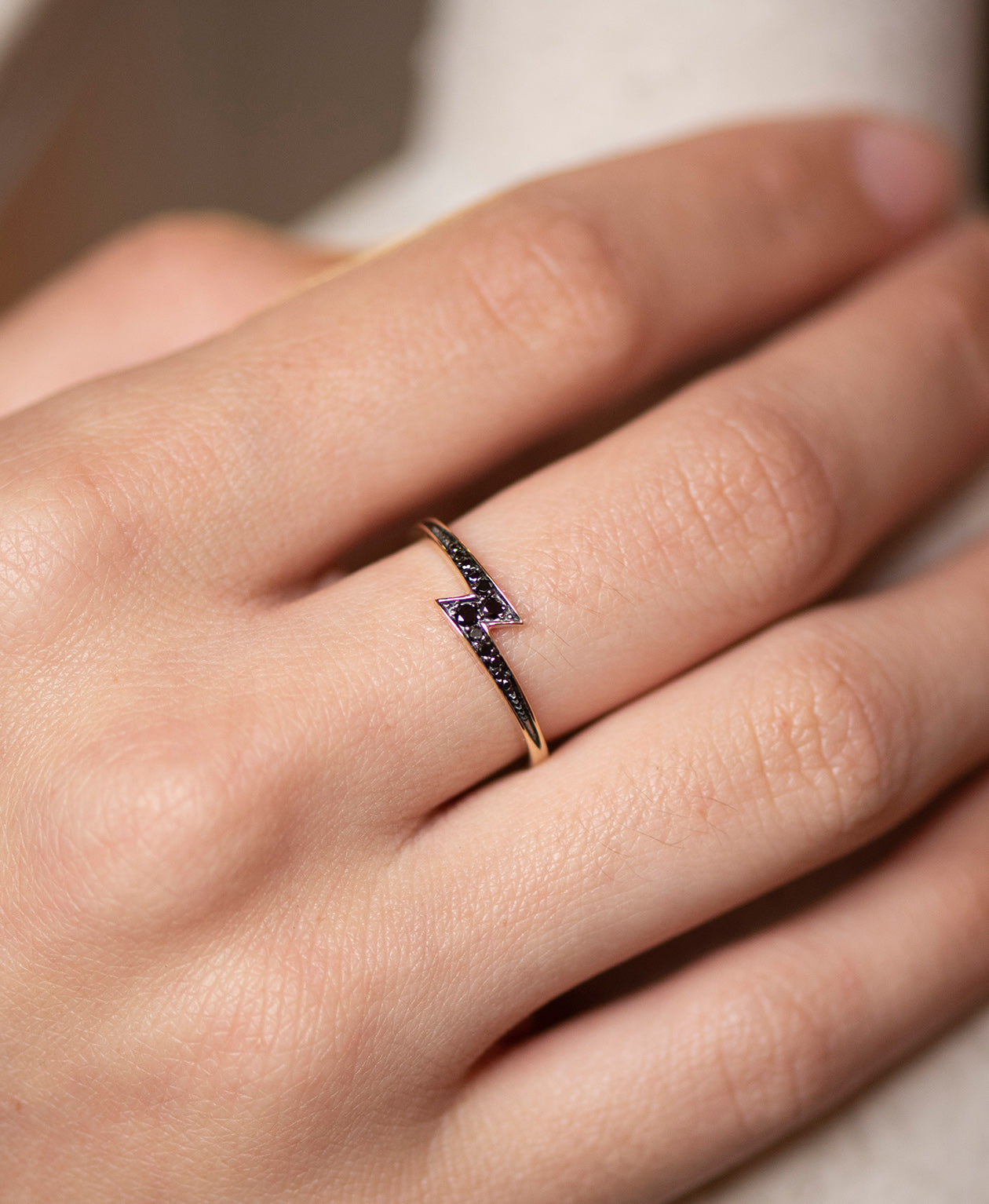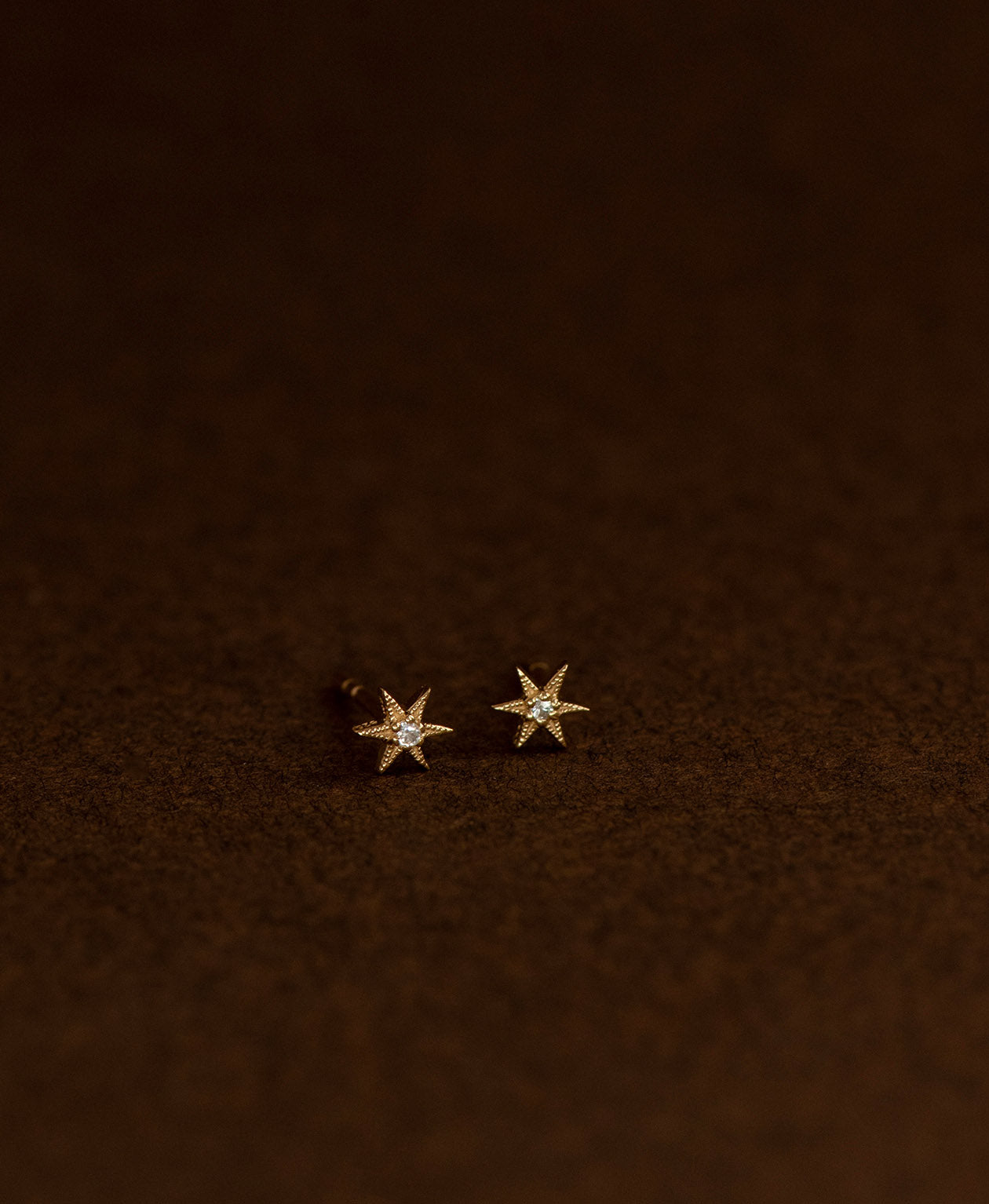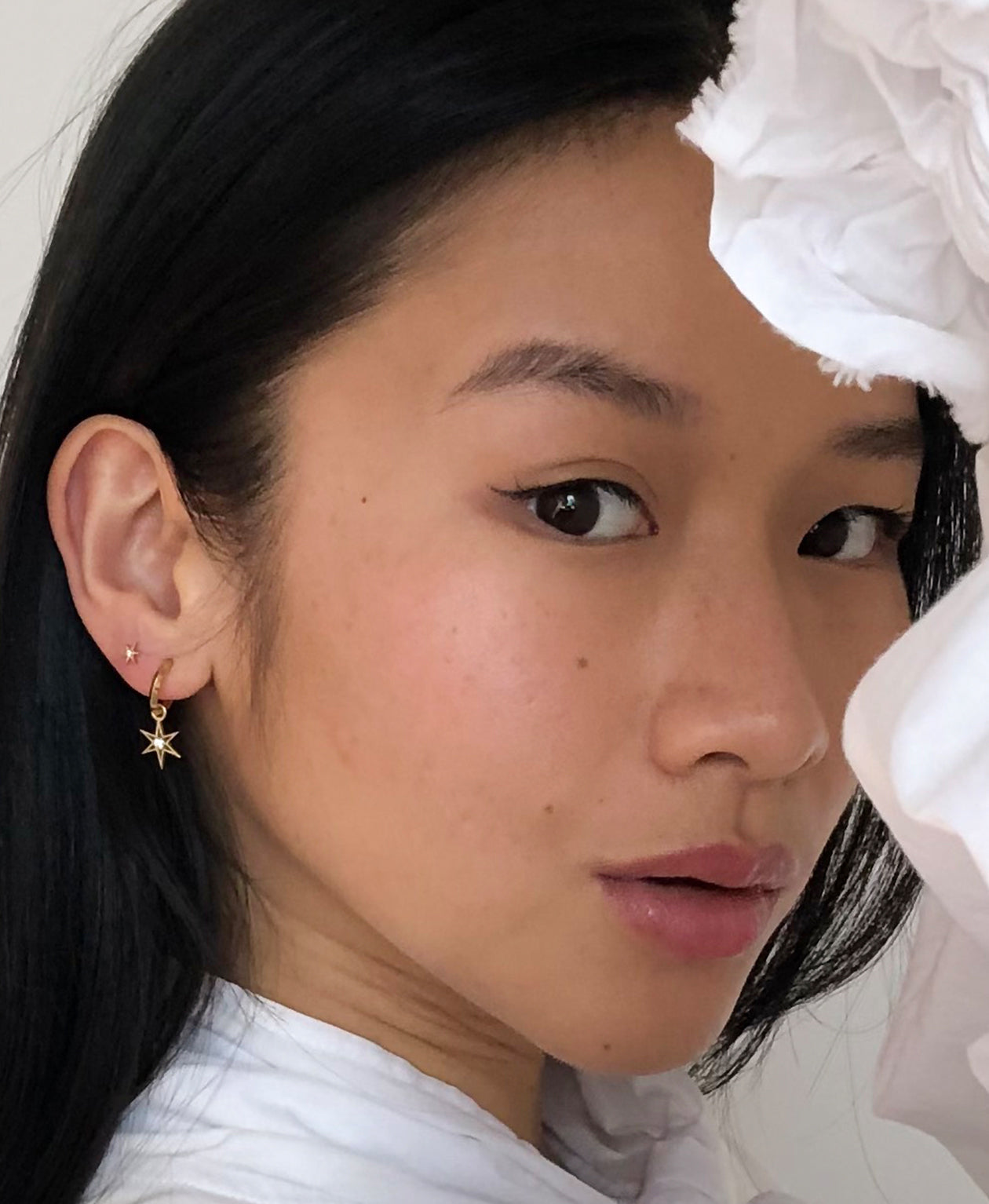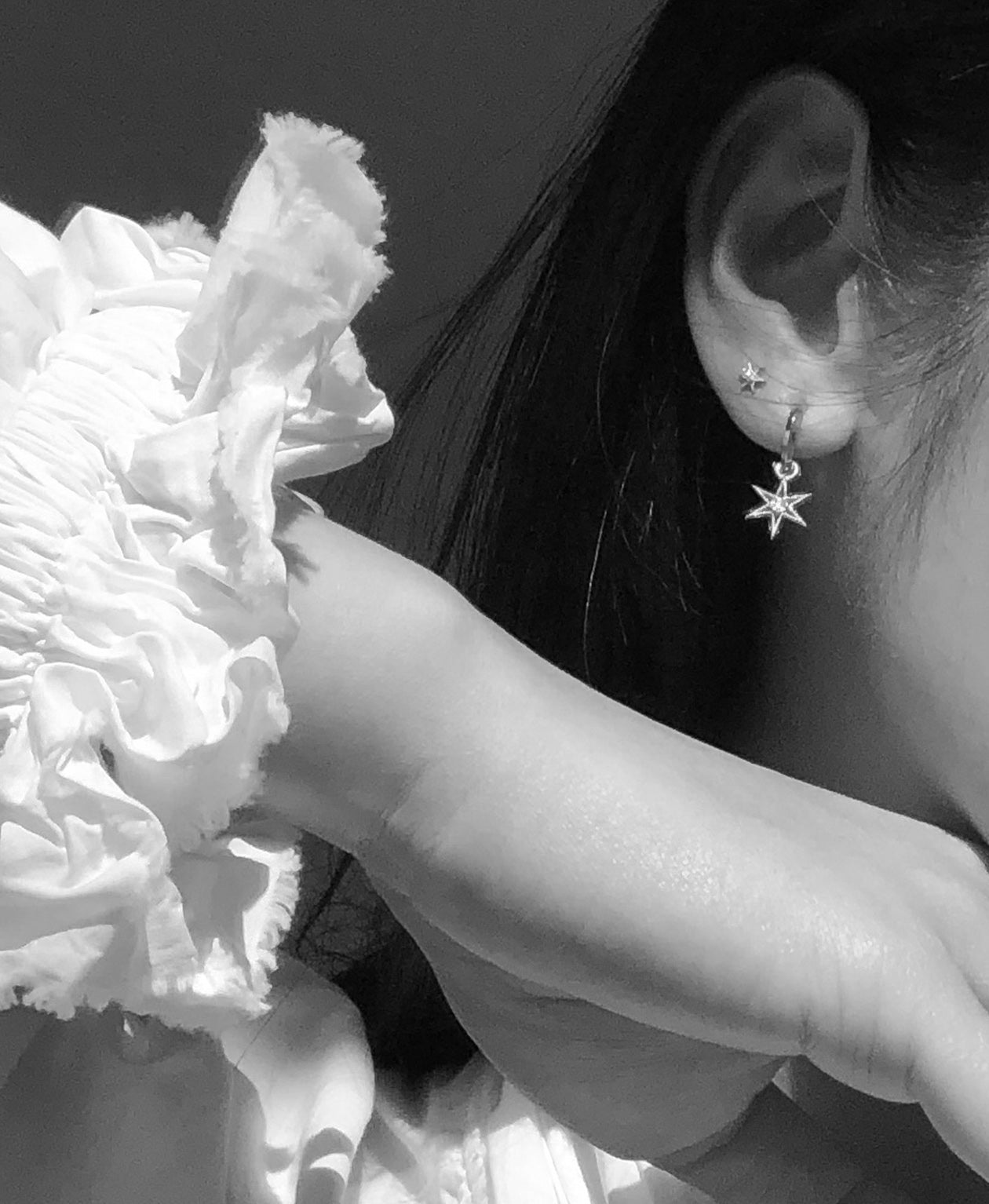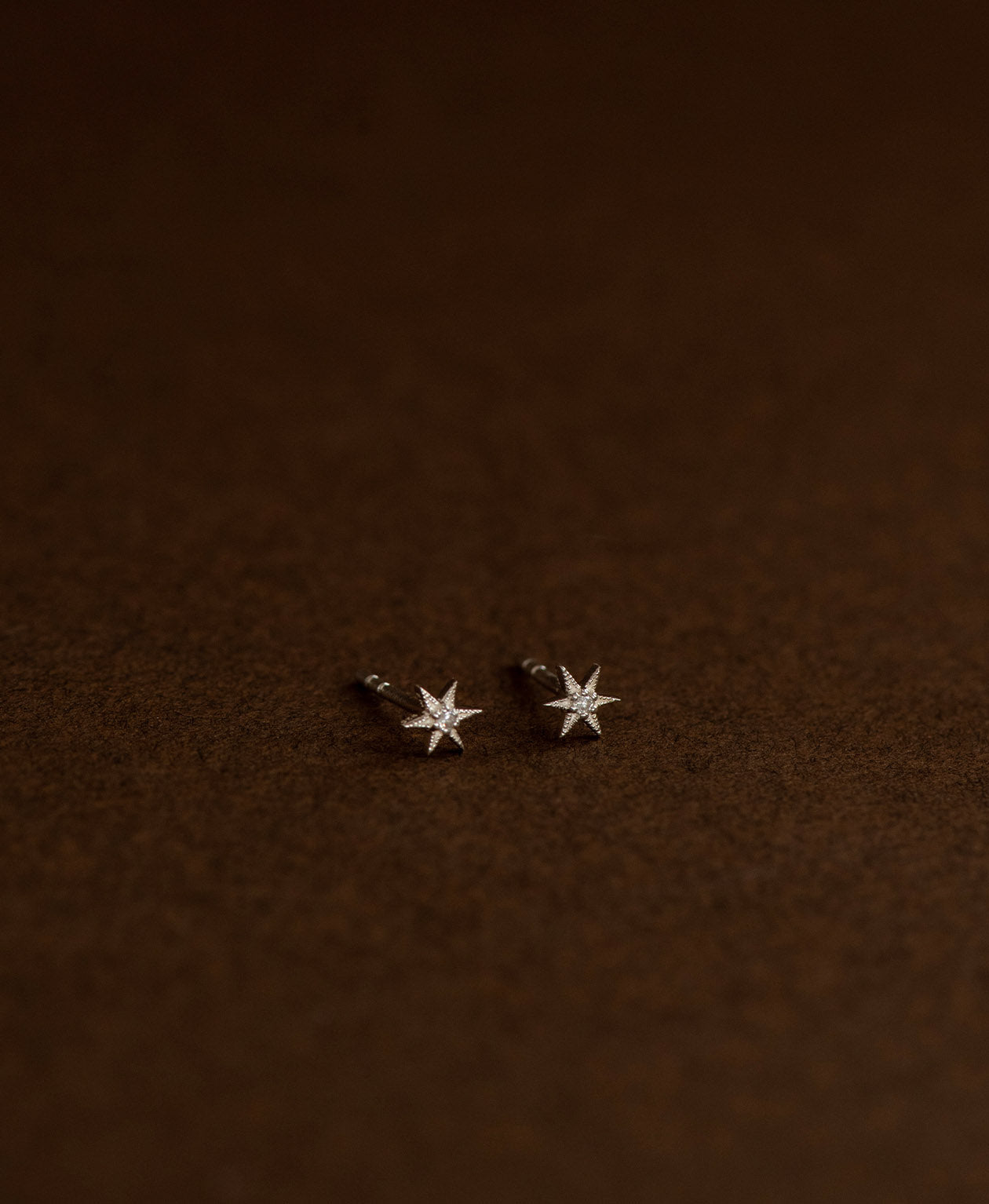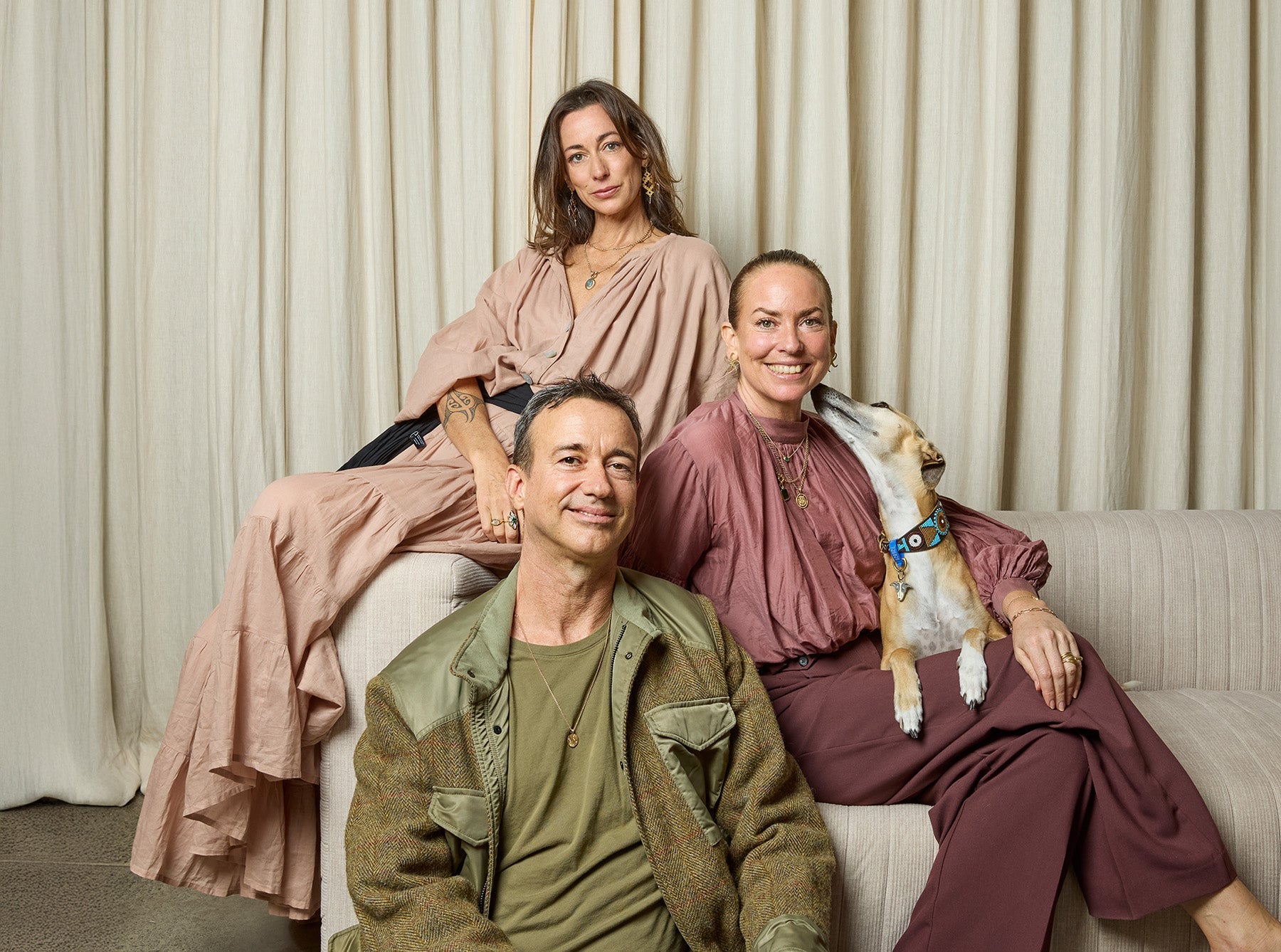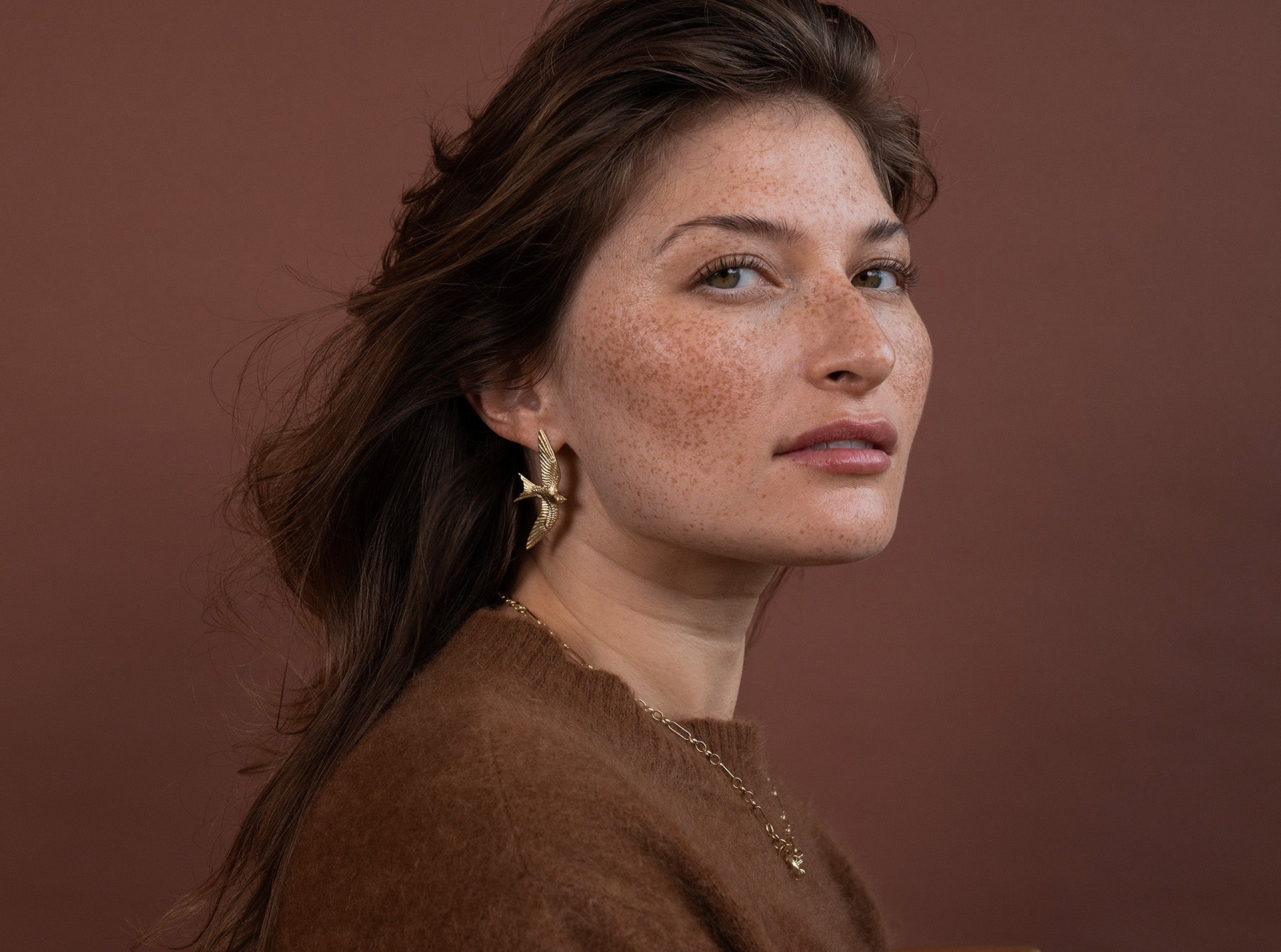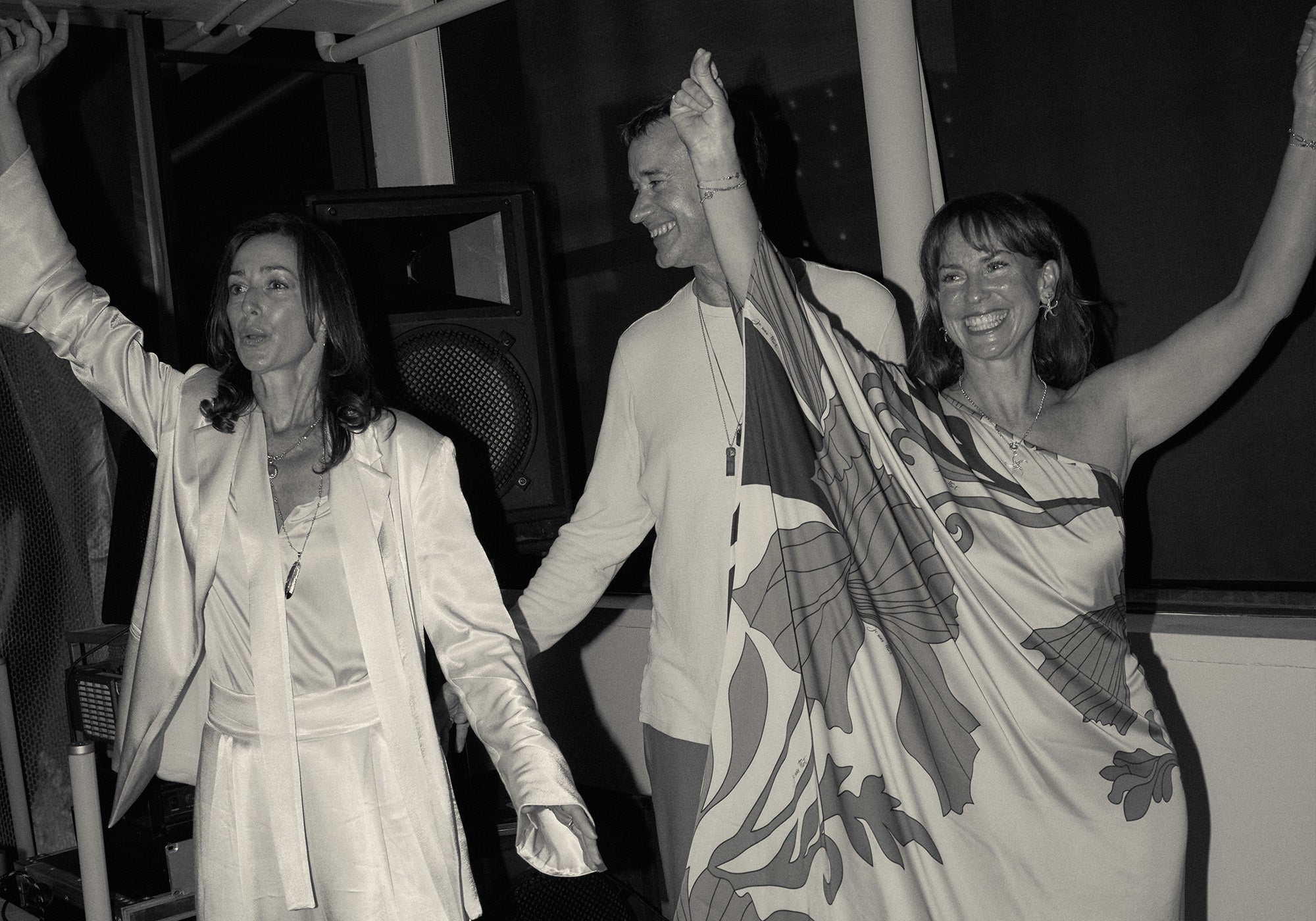

Named Auckland’s Outstanding Chef (At the 2024 Lewisham Awards), Kia continues to create spaces, both on and off the plate, where people feel seen, nourished, and at home.
As we mark Matariki, a time of reflection, remembrance, and planting new intentions, we had a kōrero with Kia to talk about kai, connection, and the stories we carry with us through food and conversation.
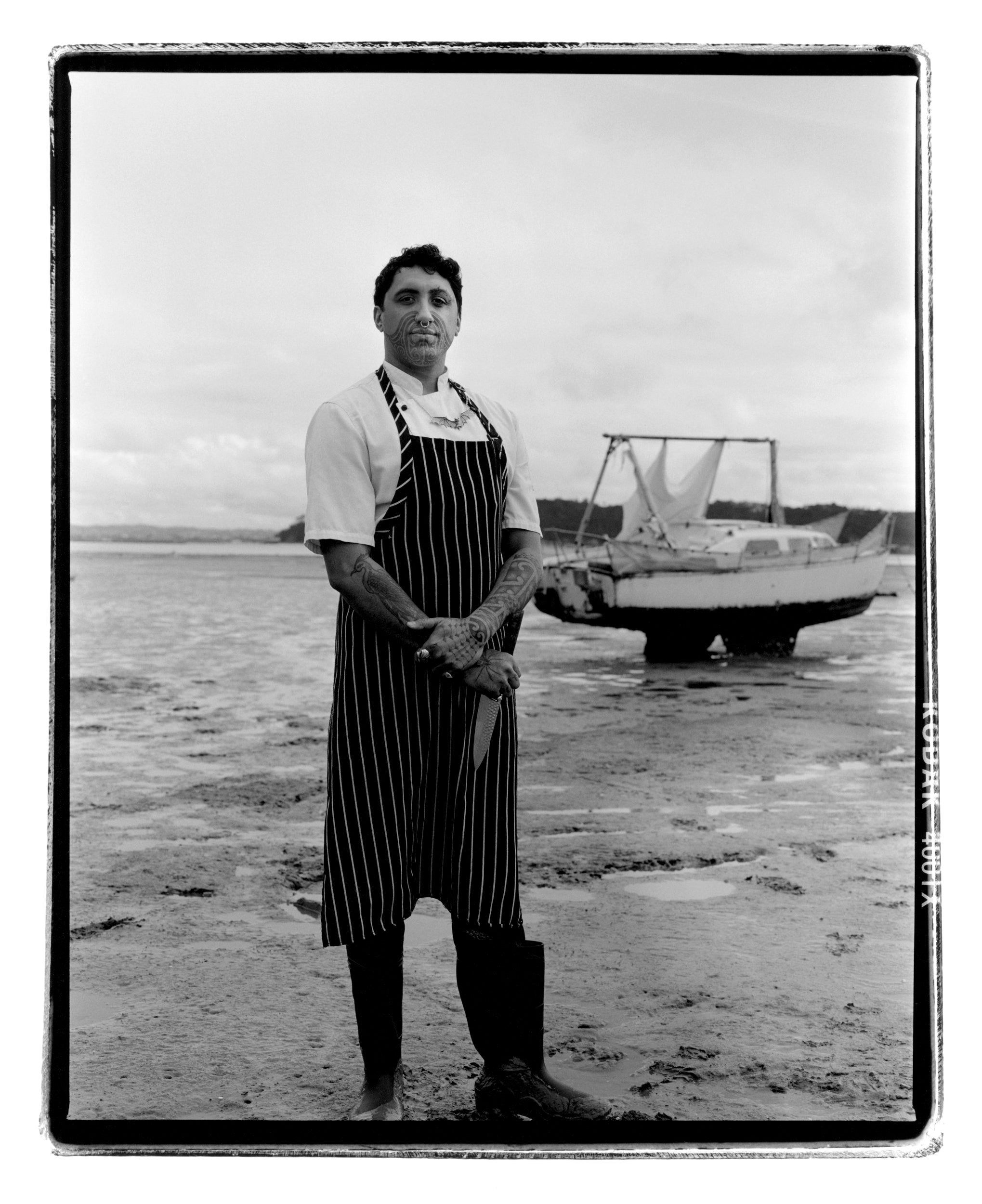
Matariki is a time to reflect on those who came before us. How do you honour your whānau through the food you create?
I love this question. There are a few ways I pay my respects to whānau during Matariki. This time of year is when my kids have their annual Kapa Haka fundraiser for their kura (school). I give what I can, whether it’s time or pūtea (money). Most importantly, I’m present when they perform. Every year they grow, in size and understanding. Matariki is a marker of this.
You’ve spoken about turning childhood hōhā into aroha. Is there a dish that carries extra meaning for you during this time of year?
Haha yeah there’s definitely a few. It’s funny as time goes on and I grow, the dishes that were once hōhā do become dishes I love. Nowadays the most meaningful dish I’ve been most fond of is genuinely The Hāngī. My oldest daughters are old enough to help prep the kai now.
Cooking and eating with them and complementing their hard work as we dine has become the most meaningful part of the meal to me these days.
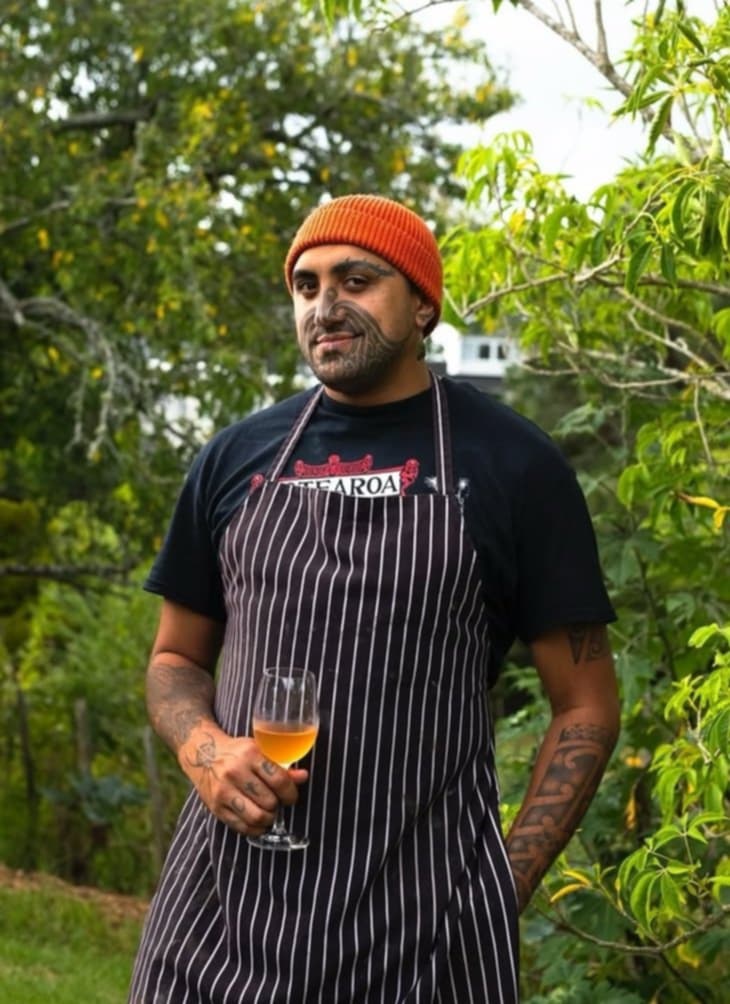
How does Matariki inspire your process in the kitchen? From the ingredients you choose to the way you serve a dish?
Matariki inspires me many ways. Firstly, the seasonal weather commands a seat at the table. Stews, braises, pies and other long cooks complement cold nights and wood fires. The memories too influence my approach, inspired by my Grandmother’s homely, humble crock pot meals. I like to spend the better part of a rainy day slowly skimming and tenderly watching over my soup pot. Picking pūhā and rolling dough boys. Bacon bone boil up is peak nostalgia.
Adaptations are often made out of necessity, whether due to space, time, or regulations. In what ways have you adapted these traditional techniques in your own practice, and how do you ensure they still honour your whakapapa and cultural roots.
Wow, these are great well thought out patai. Thank you. It’s been a real journey navigating modern demands like time and money goals and tempering that with tikanga. Karakia and Gratitude are paramount. Adaptation is something Our Ancestors understood. Growing up in the city, making the most of what we had was a part of life. It was my father who built our stove top Hāngī cooker. I built my own years later in a similar way. When I do traditional Hāngī I use iron from a railroad my grandfather built.
Kawakawa Chimichurri
Ingredients
- 8 freshly picked kawakawa leaves (be sure to pick the leaves the bugs have eaten first)
- small fistful of parsley
- single shallot
- as much garlic as you’re into – 2-3 cloves will do
- a few cracks of fresh black pepper
- one green chilli
- a lemon
- dash of white balsamic
- good, local olive oil
- flakey salt
Method
- First, we are going to blanch the kawakawa leaves.
Blanch in boiling water for 10 seconds, then immediately transfer into ice water.
Let cool in ice water, pat dry, then rough chop. - In a pestle and mortar, crush the shallot, garlic, parsley, and green chilli to a paste.
Then add the zest and juice from the lemon, salt, and pepper.
Gently pestle together. - Add kawakawa then season with white balsamic.
While stirring with a wooden spoon, begin to pour olive oil.
Use enough olive oil to just cover the greens.
Mix well and taste. The longer it sits, the better.
Eat with any roast meats or veg.
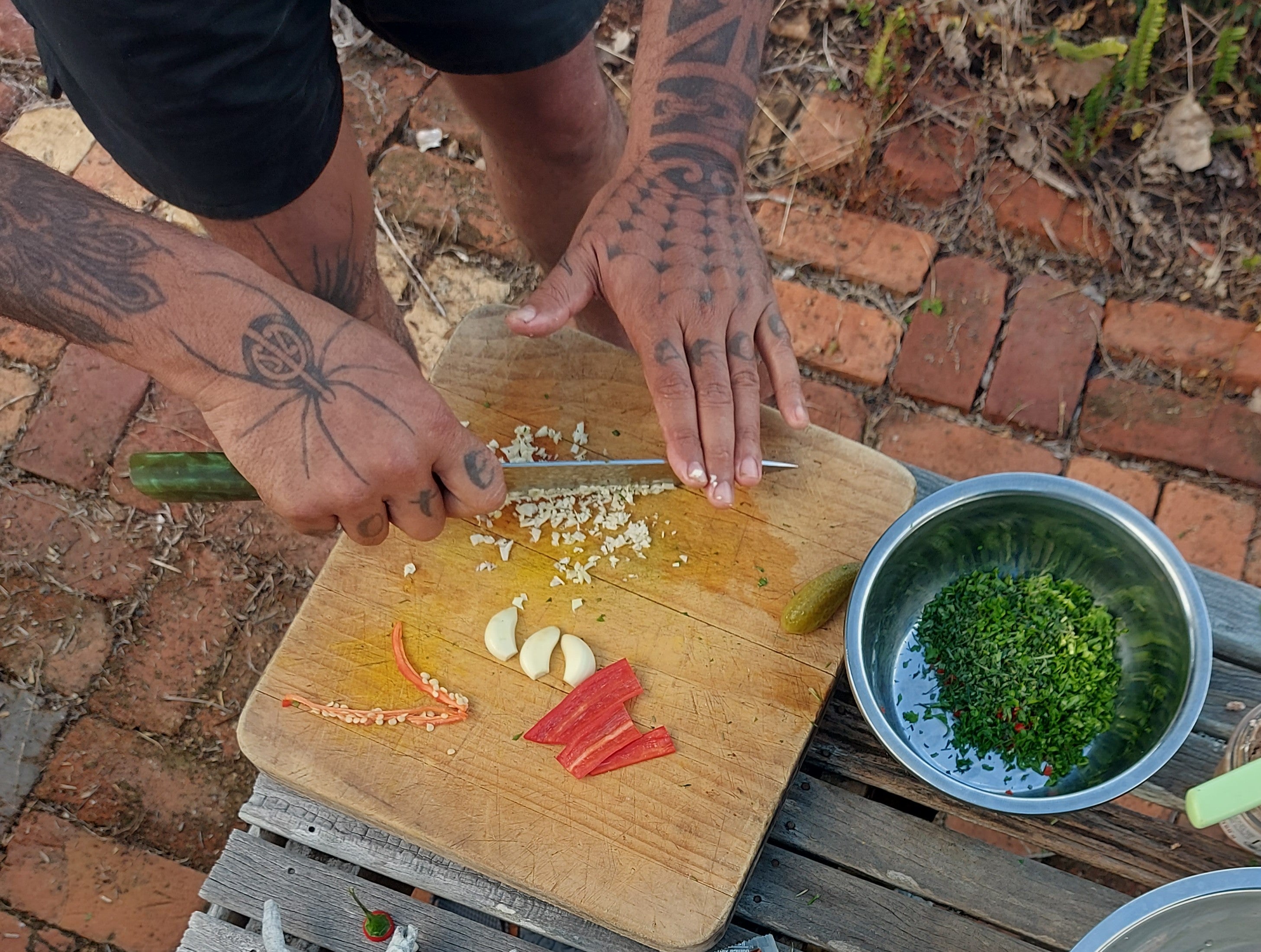
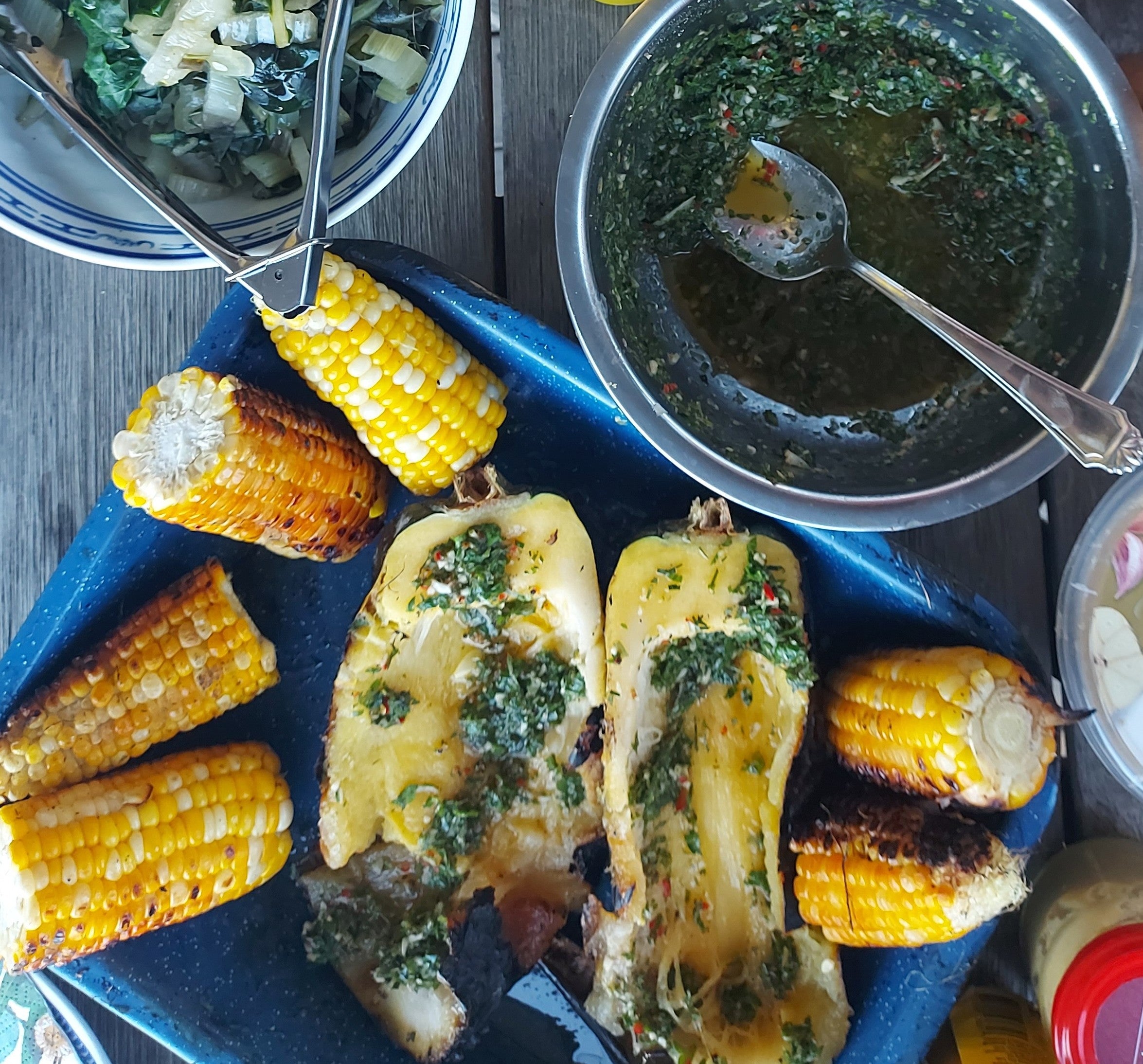
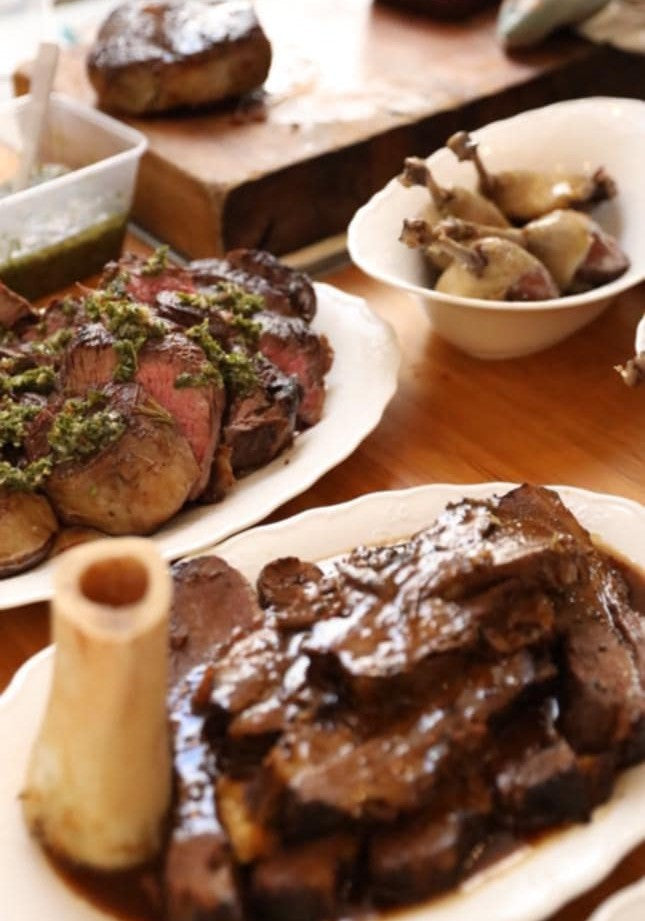
Celestial Collection
Recommended Reads
SEND ENQUIRY
Speak to the Designer
For deepening into the understanding of what you’re looking for in the creation of your piece book an appointment with us.
Fill out the form below to book an appointment. This can be done remotely if you can’t make it in store.
Contact Us
Please don’t hesitate to contact us for any questions or queries that you may have.
+44 (0) 207 2473377
shopuk@zoeandmorgan.com


